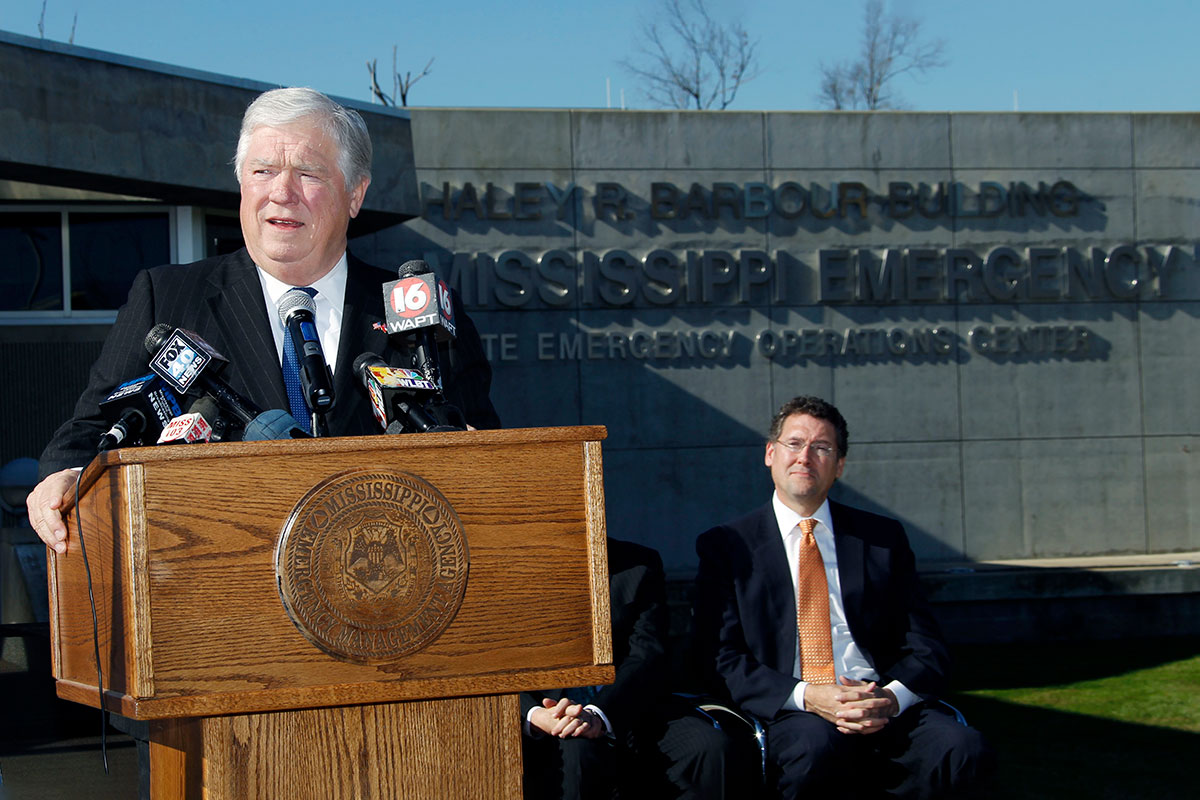The plantation-owner model lingers in the Mississippi imagination. It’s manifested, for example, in the local soft spot for white columns on McMansions and even gas stations in suburban communities.
The plantation archetype, however, is not a yokel, but the opposite. To make money off his cash crop—that’s the definition of a plantation over a self-sustaining farm—the plantation owner had to master credit lines and commodity futures in a far-off financial market and put that mastery into play on his home soil. His success rested on being a bifurcated practitioner. His feet in his home dirt, his head attuned elsewhere.
I wrote a version of those words in mid-2008 for the Oxford American magazine about how then-Mississippi Gov. Haley Barbour had channeled $570 million in Hurricane Katrina housing recovery funds away from rebuilding housing for poor Gulf Coast residents and toward improving the state port at Gulfport.
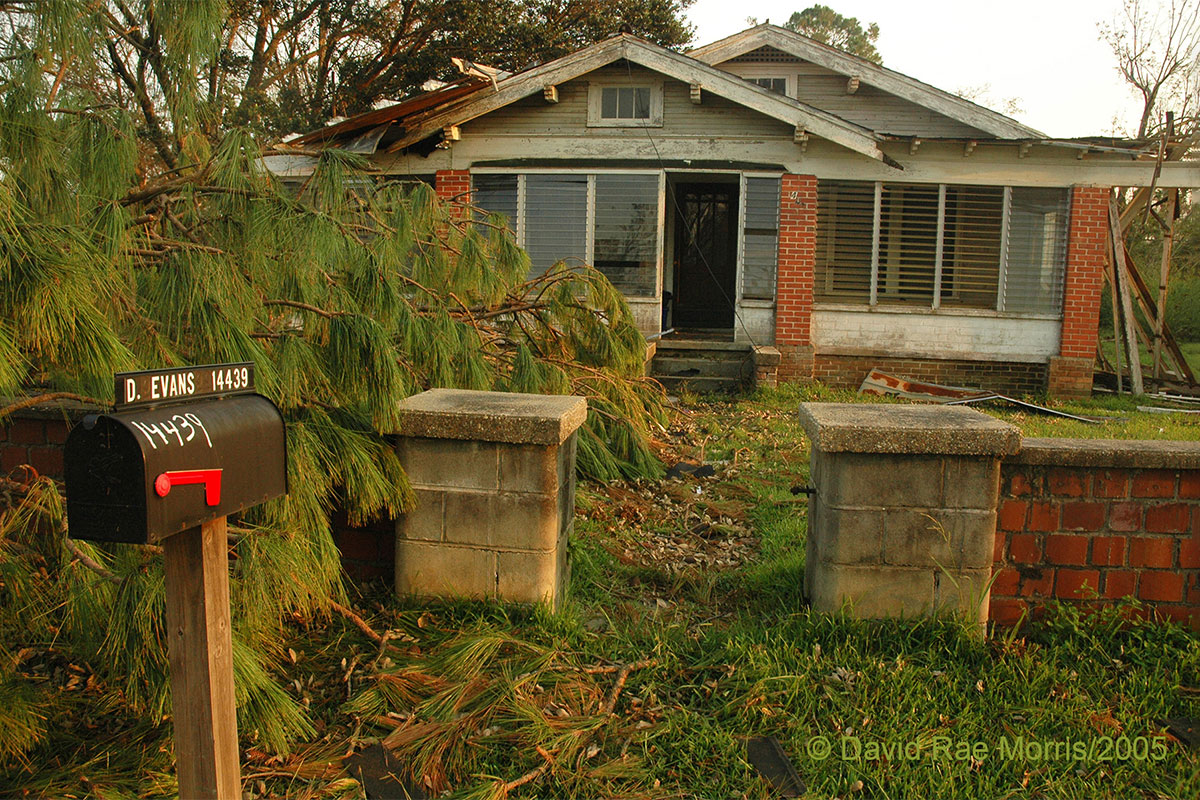
In words not that different from what we’re hearing now about the arrogant and greedy redirection of federal Temporary Assistance for Needy Families funds, Barbour’s excuse for hubristic diversion was economic development.
Sinking recovery money into the port would bring 6,500 direct jobs, the Yazoo City native declared in 2009. His economic trickle-down policy hit the right note with the national free-market conservative audience. The powerful Washington lobbyist and former head of the party tested the GOP presidential waters for 2008, in fact, stymied in part by his own words about racism in his hometown.
Barbour’s port move, however, was at the expense of low- and middle-income Coast residents cut out of the state’s recovery aid framework that was weighted toward homeowners with insurance policies. The promised high-paying jobs hardly materialized, either.
Amid the outrage around the money grab of $77 million in TANF funds discovered in a state audit of 2016-2020 TANF spending, Haley Barbour’s $570-million port gambit must not be forgotten. And it’s historically instructive. The willingness of Mississippi leaders to arbitrarily hijack federal funds away from specific needy recipients is not a new story.
The TANF scandal is only the latest rendition.
‘Not Asking the Hard Questions’
Reilly Morse was a Mississippi Center for Justice attorney involved in the court fight over the port funding. Morse sees the similarities in Barbour’s handling of Katrina funds from the U.S. Department of Housing and Urban Development and the recent TANF revelations that emerged in early 2020 during the administration of Barbour’s successor, Phil Bryant.
Bryant was state auditor during Barbour’s time in office, and current Gov. Tate Reeves was state treasurer.

“They count on people not asking the hard questions,” Morse said in an Oct. 4 telephone interview. “I think that’s another common theme here because all of these folks that lambast Washington adore disaster-response money or other block-grant money, social-services block-grant money, that they think they can just clear out regardless of whether it benefits the people.”
In December 2008, the Mississippi Center for Justice and other community groups sued HUD for allowing the port funding since Congress had appropriated the monies for low- and middle-income home repair. The litigation ended in 2010 when Barbour, HUD and the Mississippi housing advocates negotiated an agreement to provide $133 million to assist low-income Mississippians still in need of Katrina-damaged home repair.
HUD had expected the project to create 1,300 jobs and retain 1,300 more. By 2013, no new permanent jobs had been created, a 2013 PEER committee report found. That number is shocking in the way that learning that the State of Mississippi only qualified 1.5 percent of TANF applicants for cash assistance in the nation’s poorest state in 2016, the first year of the MDHS audit.
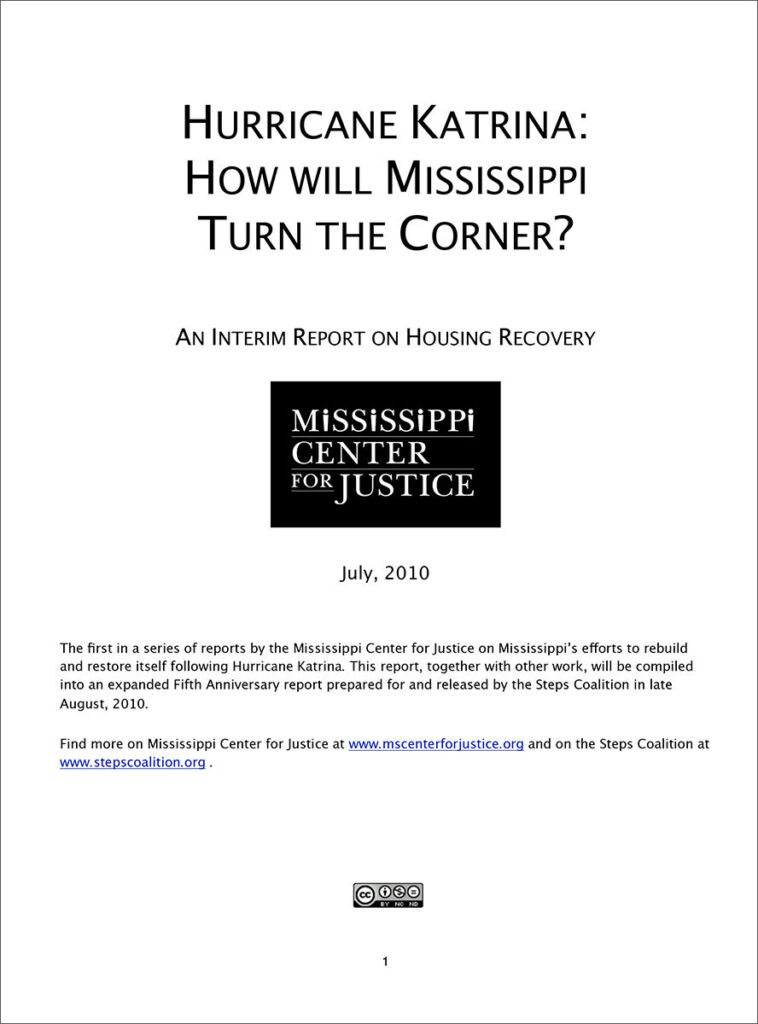
But shunting Katrina housing money toward the port wasn’t shocking enough to break through in Mississippi media outlets that tend to give Barbour a pass, nor has it re-emerged now in most outlets as important context for the current TANF scandal.
In 2019, HUD declared the job-creation goals met. Yet reaching the job-count goal required a fuzzy calculation, as journalist Anita Lee reported at the time in the Sun Herald in Biloxi. During the Trump administration, HUD allowed Mississippi to count jobs that the Island View Casino Resort added at a new casino hotel facility since the resort was on port property. The job total still initially didn’t meet the project requirement until HUD then allowed recalculating part-time hotel jobs into full-time jobs through hours worked.
The State of Mississippi thus counted 1,167 jobs at the casino hotel as jobs creation, although the number of actual higher-paying maritime jobs at the port was only 262. Lee noted in her reporting that the state investment netted one job for every $2.2 million in recovery funds spent.
A Sort of Big Daddy 2.0
When Hurricane Katrina came through in 2005, Haley Barbour was a sort of Big Daddy 2.0. First, the feet-in-the-local-dirt part of the equation. He got it right, grasping the need to cut an authoritative rallying figure.
Barbour was the guy. The one-time Ole Miss SAE and descendant of families of Confederacy-supporting merchants and plantation interests may not have been Winston Churchill, but he gave it a shot, even pitting Mississippi against Louisiana out of political convenience.
The Katrina-era governor was the official radio voice of evacuation, and once Katrina passed and a bottom chunk of the state was gone, he understood that it was his job to be visible, verbal and calming. He looked even better, of course, next to then-New Orleans Mayor Ray Nagin, skewered for taking refuge down Poydras Street on the Hyatt’s 27th floor and not addressing the 25,000 working to survive in the Superdome.
Barbour’s signature line, “We’re going to hitch up our britches, and we’ll get this done,” entered the Mississippi lexicon, just as George W. Bush’s “heckuva job, Brownie” became national shorthand. The way that Barbour stepped around President Bush’s disaster of a disaster chief Michael Brown, instead of confronting him, established that Barbour’s Republican fealty wasn’t changing post-storm.
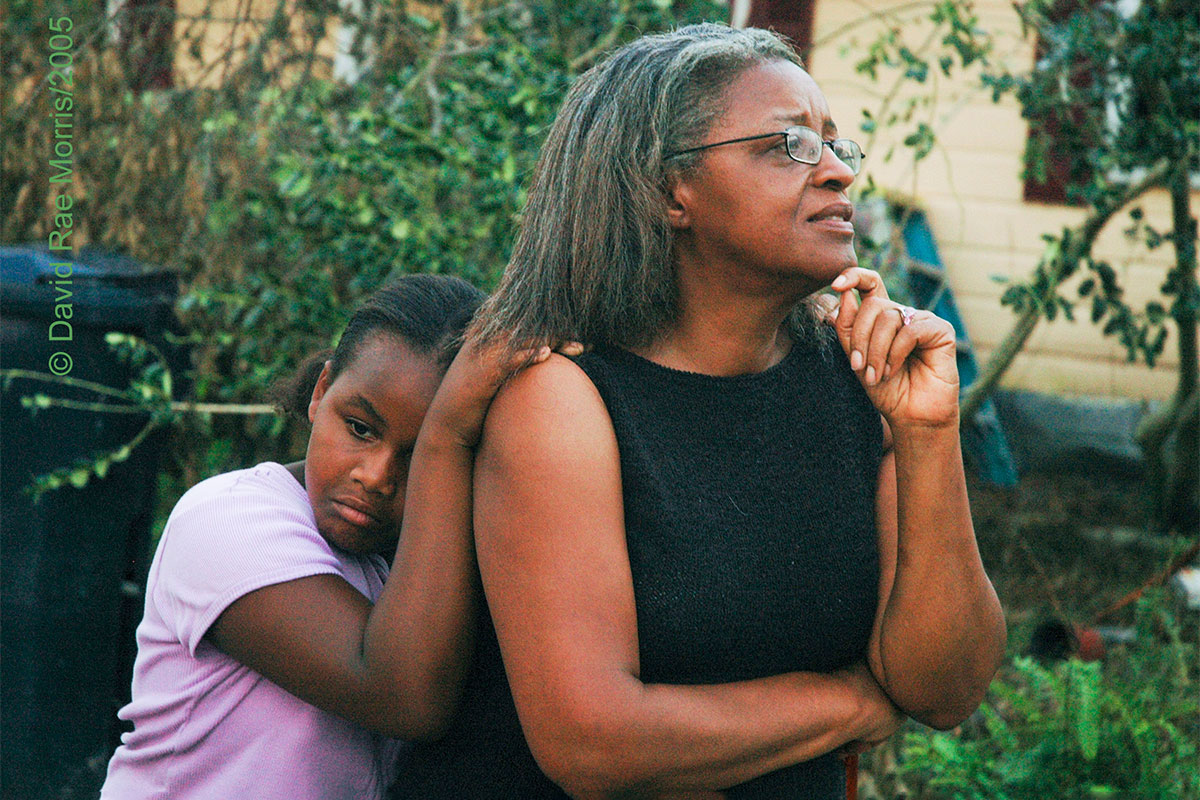
The plantation psyche, after all, features a knack for untroubled, unquestioning support of the system that keeps a guy in business and in charge. Barbour’s unquestioning support long kept him in style, as a principal in what was then Washington’s most powerful corporate lobbying firm, which he left to become governor and preside over victories like tort reform, and then went right back to. And there was that powerful gig as Republican National Committee chairman from 1993 until 1997 that shaped so much of that party’s continuing political strategy and platform—including presiding over an intense time of racial political polarization, often called the southern strategy, that a later RNC chairman acknowledged in a national apology.
Barbour has long done his post-Katrina part for his team’s ideology—if not for the Gipper, at least for Milton Friedman. That favorite conservative economist taught that the best time to slip in a political change was in the wake of disaster. “Only a crisis—actual or perceived—produces real change,” the Nobel Laureate wrote. “When that crisis occurs, the actions that are taken depend on the ideas lying around.”
Blanco: ‘He Only Cared What He Got’
The casinos had ideas lying around when Katrina hit.
Ever since their 1992 debut in Mississippi, it was the widely held belief in this Bible Belt state that the industry was just waiting for their then-floating facilities to crumple up in the next hurricane to justify legalizing their expansion onto land. Katrina provided the scenario. The barge on which the Grand Casino sat actually managed to crush the new Frank Gehry-designed Ohr-O’Keefe Museum of Art in Biloxi.
Barbour’s first—and chief—legislative response was to convene the Mississippi Legislature to legalize the casinos’ move inland. The powerful Southern Baptist lobby howled. But, by December, three casinos had reopened on terra firma, and by 2007, the $1.3 billion in revenue from the 11 Coast casinos topped the old pre-Katrina tally.
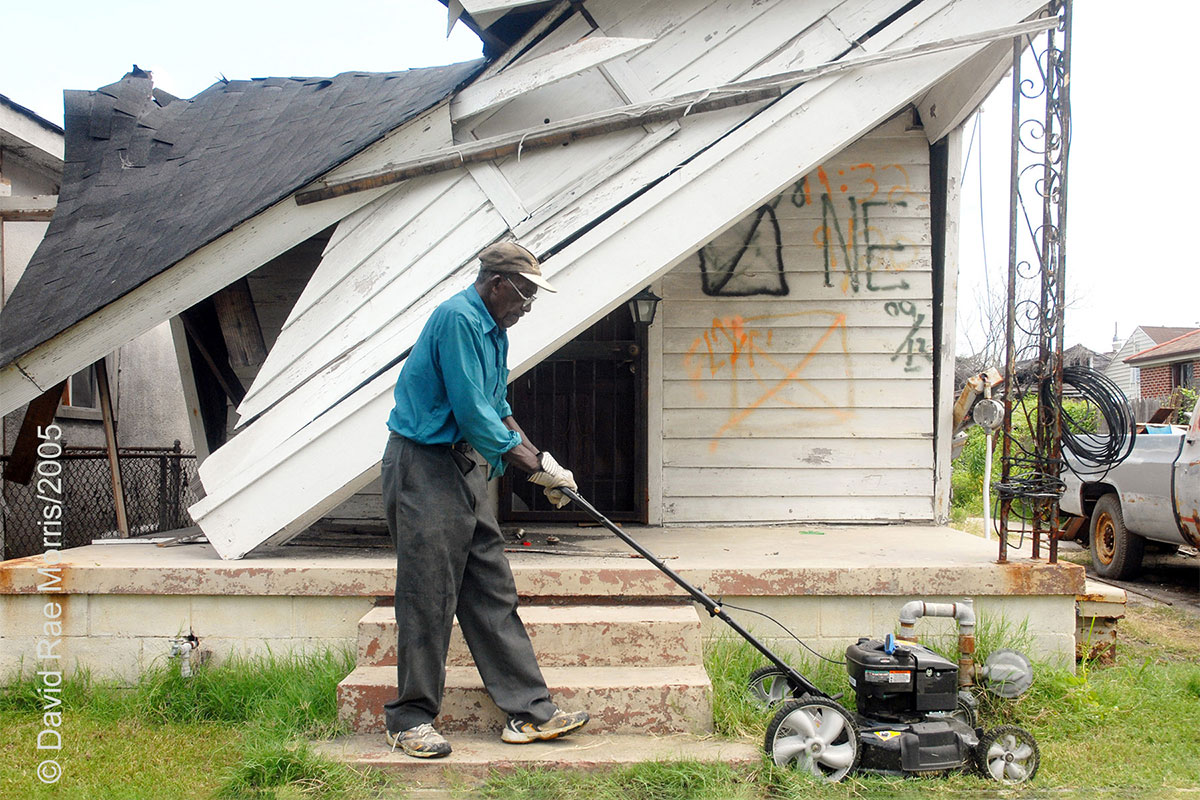
The state legislation squared away, Barbour headed up to his Washington stomping grounds, where Mississippi proportionately outscored Democrat-led Louisiana in Congress’ $29-billion recovery appropriation in December 2005. Barbour was the closer, persuading then-House Speaker Dennis Hastert to accept the funding terms, the New York Times reported, calling it “using a lobbyist’s pull from the governor’s seat.”
Mississippi’s take was at Louisiana’s expense, its former governor, Democrat Kathleen Blanco, later said in a July 2008 telephone interview about Barbour: “He didn’t care how much anyone else got. He only cared what he got.”
The relief bill’s wording prohibited any state, meaning Louisiana, from receiving more than 54% of the money. “They knew they were putting it on us,” Blanco said. “They figured out how much they needed and put in that limitation.”
Of the $11.5 billion in housing recovery Community Development Block Grants, Mississippi received $5 billion and Louisiana $6.2, despite Louisiana’s having 75 percent of the damage. For its part, the Mississippi contingent never tired of bragging on how humble Mississippi was only to have asked for $35 billion and ridiculing Louisiana’s earlier $250-billion request.
‘A Very Racial Statement’
In the aftermath of Katrina, the official public line, of course, was Mississippi-Louisiana solidarity. But Barbour rarely missed a chance to make Louisiana look bad with lots of references to Mississippians’ self-reliance and our refusal to whine, a slap at New Orleanians trapped in the flood.
“Our people aren’t whining or moping around, they’re not into victimhood,” Barbour declared in his special-session speech on Hurricane Katrina on Sept. 28, 2005. “From the very beginning Mississippians have been helping themselves, and God bless them, helping their neighbors.”
“I always thought that was a very racial statement,” Blanco said in our telephone interview, conjuring images of determined New Orleans residents, indeed, helping their neighbors and strangers survive and rebuild.
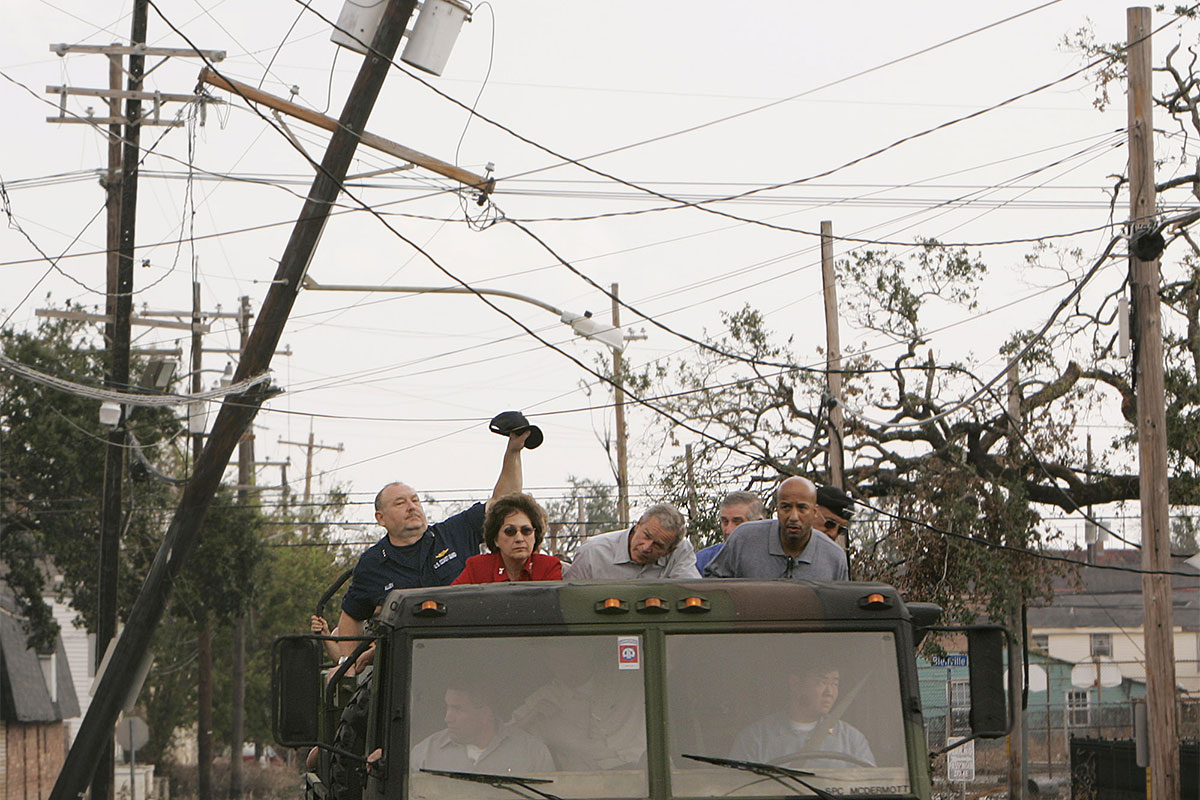
In spring 2006, Mississippi was settling in with its housing-program money. Meanwhile, Louisiana had half the funds to run its counterpart program and headed back to Washington. “We were six months behind the curve then and there,” Blanco said.
She took the fact of Mississippi’s favored status to the White House. “I told them I wasn’t going to allow the citizens of Louisiana to have a half-value program just because they live across a political border,” Blanco said., “None of our people should have experienced the politicization of this disaster the way it played out financially.” Blanco died in 2019.
The Barbour camp loved to contrast its recovery results to Louisiana’s; Mississippi’s congressional coup was not only proof, but a future bankroll, of the claim.
Surprisingly Cosmopolitan Touches
There’s something else about those plantation personalities. They display surprisingly cosmopolitan touches from time to time. Glints of sophistication—maybe arts patronage, a novelist cousin, an Ivy League diploma, support for a civil-rights museum or state book festival—are giveaways that the person is also at home in a wider world.
Barbour fell in with that tradition, intriguing the architectural community in October 2005 when his office decided to assemble a national brain trust for Katrina rebuilding ideas. Headed by Andrés Duany of Miami, the Mississippi Renewal Forum brought in 200 architects, planners, and engineers to map out New Urbanism plans for the Gulf Coast with locals.
The New Urbanism movement—Duany designed Seaside, Fla., an exemplar of this style—champions resisting suburban, car-centered sprawl in favor of high-density, pedestrian-friendly communities, sensitive to local character. The conference generated plans for the 11 Coast communities, as well as a resource book on traditional Gulf building with porches and louvered windows. Hopes also were high for a light-rail system, ideally along the beach, or more realistically, along the existing railroad bed a few blocks north.
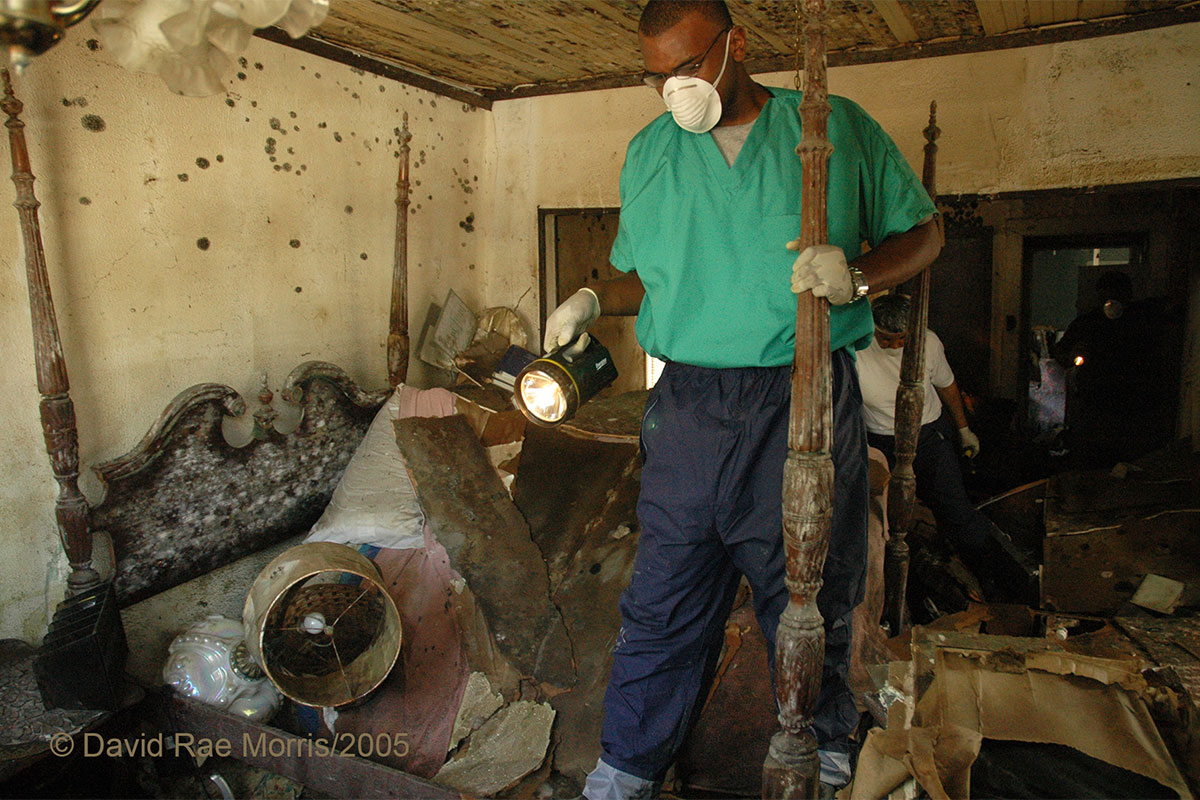
As Louisiana played catch-up, Mississippi hovered in Katrina afterglow, if that’s what you call the excitement being generated amid the devastation. Even Barbour detractors conceded that having Fortune’s choice of Washington’s top lobbyist for a governor had benefits.
Perhaps it was unsurprising that the bipartisan glow eventually dimmed, even if outrage over the nearly $600 million in diverted housing funds never became nightly cocktail chatter. Plantation economics never were exactly known for sharing the wealth, nor for being the ideology of bleeding hearts.
Community organizers noted the state’s homeowners’ program was, well, for homeowners. Phase I gave $1.26 billion in grants to 17,063 flooded homeowners, who had to have homeowner’s insurance to qualify. The smaller Phase II program took in uninsured homeowners, but with $314 million paid out, the 4,465 Phase II recipients received a fraction of what Phase I grantees did. Both programs delivered a combined $1.6 billion in assistance to homeowners, while the State has paid out a minuscule $6.5 million of its federal funds to build affordable rental stock.
Uneven Financing of Housing Recovery
Construction of the first affordable housing rentals only began in July 2008 as the third anniversary of Katrina approached. The uneven financing of housing recovery stalled Mississippi’s return, a Rand Institute study in 2007 warned. “Filling these gaps would probably do more to expedite recovery than any other policy action,” the study found.
Ironically, the Rand report came out within weeks of the State of Mississippi’s announcement that it had $600 million more in housing funds that it could possibly spend. As a now-distant precursor to TANF welfare funds paying for a university volleyball court and funding a concussion-drug scheme, Barbour proposed putting the half-billion-plus into the state port at Gulfport. Plans included moving some port operations inland, freeing 60 acres of prime waterfront for condo and casino development. Since states are allowed latitude with HUD disaster funds, HUD under the second President Bush said it couldn’t stop the plan.
Even so, Mississippi’s move prompted a congressional hearing in June 2008. A House Financial Services subcommittee brought in Katrina federal-fund handlers from the five affected states, centering the proceeding on how no state but Mississippi was handling its housing recovery funds in such a way.
“My concern is that the people of Mississippi, the lowest, most decimated parts of this community, the most devastated individuals, are the ones who have not received assistance,” U.S. Rep. Emanuel Cleaver, a Democrat who represented Kansas City, Mo., said then. He scoffed at the HUD response that Mississippi sent in accounting reports like the other states.
“I don’t know what we can do with HUD to get that across—receiving a report from the Mississippi state government may not be sufficient,” Cleaver said then.

And what about the New Urbanism plans that generated the glowing national publicity and hopes back in 2005? A few victories emerged. Pass Christian adopted New Urbanism planning, called the SmartCode. In Gulfport, several neighborhoods started working with the SmartCode, and Duany consulted on some town projects.
Yet without more heavy-handed support at the state level from Barbour, the remarkable opportunity to rebuild the Coast was wasted, Duany said in 2008.
“I really thought the vision would be a great vision like the governor said it would be. The governor said it would be better than ever,” Duany told me. “The chance to prepare for the 21st century, which was perhaps the only gift of the hurricane, has been squandered by an utter lack of vision at the state and regional level.
“Rebuilding a distance back from the water is understandable, but what’s going up is low-quality, gas-guzzling sprawl instead of anything better. It’s a dismal vision of society in which the principal industry is gambling,” he added.
Despite three years of talk and billions of dollars, most of the Mississippi waterfront remained bare in 2008—with the exception of Barbour’s carefully nurtured casinos.
“The time for being nice is over,” Duany continued. “I don’t have any reserves of patience left.”
‘To Say There’s a Plan Is An Overstatement’
Bait-and-switch handling of federal grant funds is the common point in both of these chapters of Mississippi government history. As with the TANF money, it’s important to note that when the bottom-line results of the Katrina funds hijack became public, the governor’s office tried to distance itself from the debacle.
The lack of human benefit for tremendous dollars spent is an ongoing narrative in Mississippi government. The TANF mismanagement is one more example of a legacy likely to continue without hard questioning from the outside and necessary scrutiny by more than the occasional journalist. It is about more than catching the bad guys.
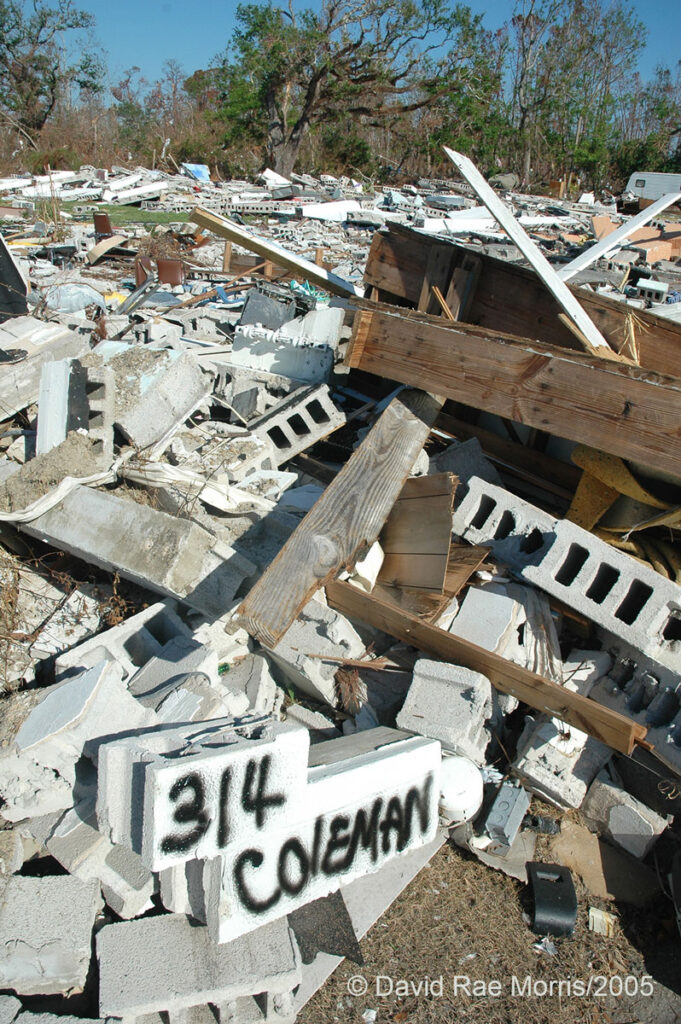
It is about expanding awareness about the myriad ways this kind of theft and avarice manifest in our state.
“The State has so radically departed from the intended purpose and the intended beneficiaries of the money in both cases,” Morse said. “I have to say this TANF one is more brazen even than the reprogramming of housing money to the poor. I mean we have so few people receiving TANF. This money was so badly needed. And the purpose for which it was redirected isn’t even pretending to uplift the most vulnerable people.”
But too much Mississippi—make that American— history is based on the patriarchal and patronizing in charge declaring they know what’s best. It always comes at the expense of those least able to argue back.
Barbour’s 2009 claim of 6,500 jobs coming through his port plan stopped. By mid-2011, he was backpedaling his earlier promised job bonanza. In fact, at a June 24, 2011, meeting with the Gulf Coast Business Council, Barbour conceded that his earlier port jobs claims were “a gleam in somebody’s eye. To say there’s a plan is an overstatement,” Anita Lee reported in the Sun Herald.
In both Barbour’s port case and the subsequent TANF sham, what’s a gleam to those controlling federal money in Mississippi is, in fact, callous denial to those originally intended to receive it.
The plantation model, that is, continues to linger.
Editor’s notes: This in-depth essay does not necessarily reflect the views of the Mississippi Free Press, its staff or board members.
Ellen Ann Fentress incorporated content from her earlier Oxford American magazine into this piece.
The Mississippi Center for Justice, discussed in this essay, has represented the Mississippi Free Press in legal disputes over public meetings and records.
Correction: An earlier version of this story included a caption that misidentified the date of Hurricane Katrina’s arrival on the Mississippi Gulf Coast as Aug. 23, 2005. Hurricane Katrina made landfall in Mississippi on Aug. 29, 2005.

